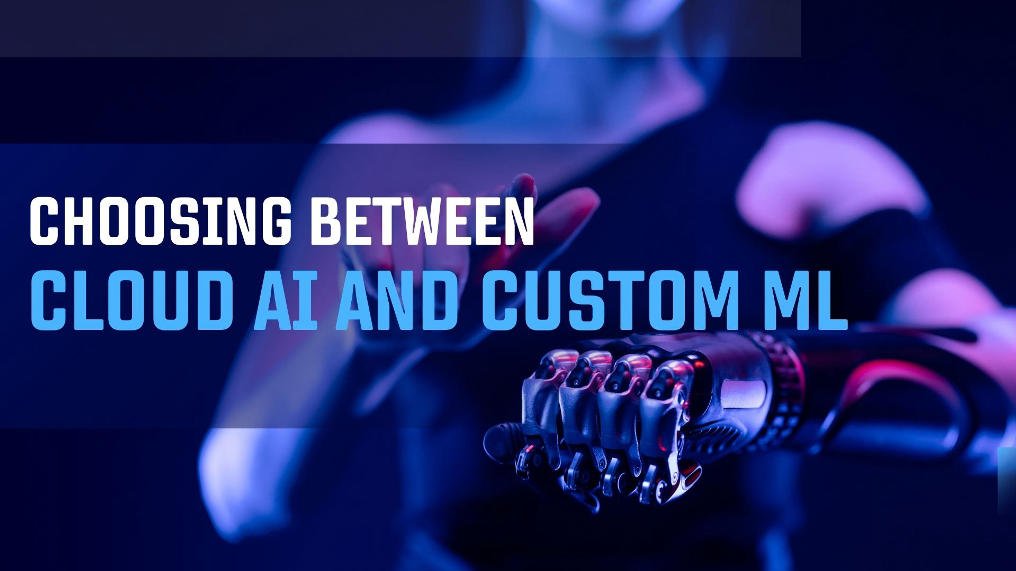Artificial intelligence agents’ intelligent systems capable of planning, acting, and learning have tripped over the question of whether investing in Robotic Process Automation (RPA) is fruitful among the business leaders. The short answer is yes. However, the long answer is more informative. RPA, particularly when it comes as custom RPA solutions, still stands as a robust, quick, and affordable core for the automation of enterprises. The disappearance of RPA is not the case, rather its evolution is happening and now it is often considered an equal partner in the fight for total automation alongside agentic AI, chatbots, low-code platforms and machine learning models.
Why RPA still matters
- RPA stands for robotic process automation which refers to the use of software robots to automate manual tedious and repetitive processes that usually need human participation such as data entry and invoice processing among others. The deployment of RPA is fast or users can choose to have it gradually running up to a whole organization. For companies who want to see a quantifiable return on investment within months and not years, customized RPA solutions are the quickest option.
- Through RPA, enterprise integration becomes more efficient. A big number of corporations today continue to operate critical applications that are not provided with APIs or modern integration features. Using RPA, software is treated as a “user” and thus fills up the integration gap without spending on major replacement projects. This is the key reason why RPA still plays a vital role in today’s business environment.
- Robotic Process Automation can act like human beings in terms of following rules and keeping records of all the actions taken which simplifies compliance and auditing. In industries subjected to strong regulations, that predictability is not always a guarantee with the use of emerging AI agents.
- The use of RPA in crucial deterministic procedures is mainly because of its robotic nature which turns out to be a benefit rather than a limitation. This is because you can predict with certainty how a process will behave, and this contributes to better management of risks.
Where AI-powered agents add value and where they don’t?
AI agents are extremely good at doing tasks that need context, judgement or natural language understanding like interacting with customers in a dynamic way, handling exceptions proactively, or solving multi-step problems. Today’s chatbots and agentic AI services can not only have conversations with users but also assess their issues, and coordinate workflows between different systems.
Nonetheless, agents are frequently most efficient when combined with a trusted execution layer. This is the reason RPA still stands out: RPA carries out distinct UI-level or API-level actions with precision and repeatability. To put it differently, agents make the decision and RPA carries it out—this is a vital but simple partnership.
A hybrid architecture: agents + RPA + ML
In the year 2025, the topmost automation architectures that are very effective merge several technologies together:
- Agentic AI Services and Solutions are in charge of the whole process, making use of the context and objectives while performing the whole workflow of task organization, decision-making, and exception handling.
- Custom RPA solutions are used for performing deterministic tasks, serving as a bridge between old and new systems, and providing proper logging.
- Machine learning development is responsible for the generation of predictive models that are used for the tasks of prioritization (e.g., which tickets to escalate) and writing (e.g., document type detection).
- Low-code No-code application development allows for quick process redesign and gives power to citizen developers to make easy-to-use workflow front-ends or do integrations without the need of long and heavy engineering cycles.
A blended strategy of using all technologies would result in the qualities of speed, intelligence, and control being lined up. To illustrate: a customer support representative (AI) understands a complaint made by a customer, routes the issue to the right department, and then triggers a custom RPA to get data from CRM, update records, and log the resolution — all this is done while an ML model has already indicated that there is a potential churn risk and thus recommends follow-up actions.
When to choose custom RPA solutions
- You are working with repetitive, high-volume processes that need to be performed with absolute precision and duly recorded (for example, billing, claims, order processing).
- You are looking for automation solutions that can be implemented fast and don’t want to wait for a complete modernization project.
- You have to deal with old user interfaces where no APIs are available.
- Regulations and visibility are very important. RPA’s logs and predictable actions contribute to compliance with the regulations.
Complementary services to look for
If you are evaluating the partners or the vendors, then you should take into consideration the company’s that with their mixed capabilities will not make your automation roadmap to be inflexible:
- The best chatbot development company will create conversational flows, and these will be the backbone of backend automations; RPA transfer will take place when it’s needed.
- Vendors who are providing Agentic AI Services and Solutions are capable of handling complex, multi-step processes, and taking corrective actions as well as making mistakes and learning from them.
- Providers of Low-code No-code application development who have the appropriate knowledge speed up process redesign and provide quality performance monitoring through the use of dashboards.
A partner with the whole range of skills will ensure that your RPA investments do not turn into isolated “islands” but, rather, are integrated into a bigger, intelligent automation ecosystem that is intelligent.
Common pitfalls — and how to avoid them
- Treating RPA as a silver bullet– RPA is a very powerful tool but at the same time it is not a magic wand. Deploy it only in areas where it really makes sense, and furthermore, use it together with modern technology for more complex tasks.
- Insufficient governance– RPA without proper governance, control and documentation can turn out to be a costly maintenance headache. Hence, governance, versioning, and monitoring are must-have elements.essential.
- Inadequate exception handling– Create unmistakable escalation routes — the intelligent AI or human-in-the-loop ways should be in charge of exceptions so that the bots do not get stuck.
- Overlooking change management– Automation affects the way people do their jobs. Therefore, it is necessary to train, align the stakeholders, and report ROI in a transparent manner.
ROI and scaling considerations
It is recommended that you begin with the high-impact processes that are easy to implement and capable of providing value proofs. Monitor metrics such as the reduction of the cycle time, the decrease of the error rate, and the savings in full-time equivalent (FTE) employees. The successful pilot programs should contribute to the establishment of a center of excellence (CoE) that not only standardizes design patterns, governance, and reuse but also scales across functions.
Although investing in custom RPA solutions at the beginning might be cost intensive, in the long run, it will pay for itself; later on, you can bring in the integration of ML models or agentic orchestration to manage exceptions and add intelligence.
Future outlook: coexistence, not replacement
AI agents will develop more and more powerful capabilities—that’s an advantage. Their abilities are the same as the strengths of RPA. More companies will come up with packaged products that join up AI agents orchestration with RPA execution, and also provide ready-to-use connectors to low-code platforms and machine learning services. Companies that take sensible, mixed tactics (implementing custom RPA solutions where they excel and AI agents where they are better) will reap the largest rewards.
Conclusion
The first step is to find the activities that involve a lot of repetitive work and are suitable for RPA and to define the areas where AI can take over with its judgment. The next step is to create a custom proof-of-concept for RPA that will provide a quick return on investment, and then the project can be expanded through partnerships with companies that are good at chatbot development, Agentic AI services, low-code/no-code, and machine learning development. A Center of Excellence will be responsible for establishing the governance, monitoring, and exception-handling processes. RPA is not dead—it is still the base. If used together with agentic AI, ML, chatbots, and low-code tools, then the custom RPA solutions not only be efficient and scalable but also ready for the future in terms of automation.




